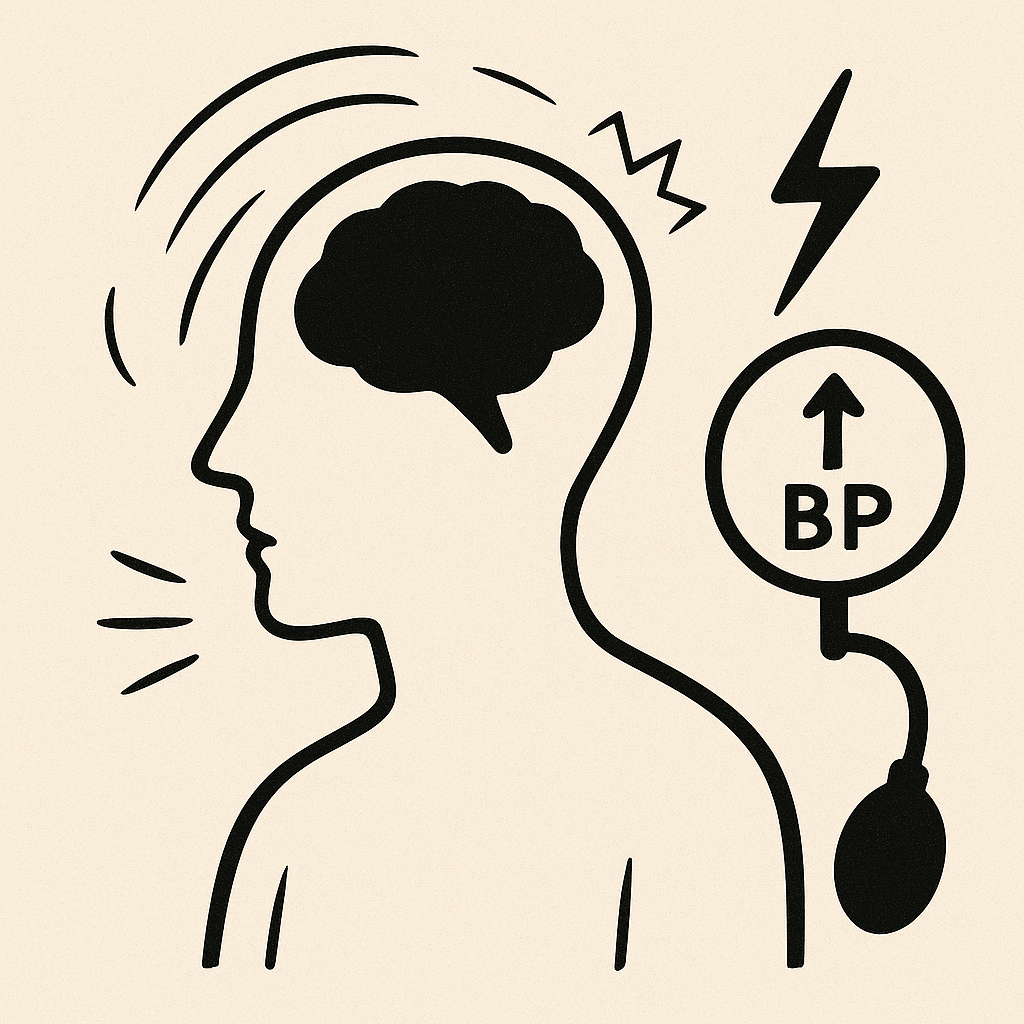
Multiple System Atrophy (MSA) is a rare, progressive neurodegenerative disorder that affects both the autonomic nervous system - which regulates involuntary functions such as blood pressure, digestion, and temperature - and motor control. Clinically, it presents with features overlapping with Parkinson's disease and cerebellar syndromes, alongside profound autonomic dysfunction.
Subtypes of MSA
MSA-P (Parkinsonian Type)
Characterized by parkinsonian features that resemble Parkinson's disease:
- Bradykinesia (slowed movement)
- Muscular rigidity
- Resting tremor (less prominent than in Parkinson's disease)
- Postural instability with impaired balance
MSA-C (Cerebellar Type)
Characterized by cerebellar dysfunction:
- Ataxia (loss of coordination)
- Dysarthria (imprecise, slurred speech)
- Dysphagia (difficulty swallowing)
- Gait instability with frequent falls
Clinical Features
Autonomic Dysfunction
- Severe orthostatic hypotension (drop in blood pressure when standing, leading to dizziness or syncope)
- Urinary urgency, frequency, or incontinence
- Constipation and other bowel irregularities
- Impaired sweating and thermoregulation
- Sexual dysfunction (erectile dysfunction in men, reduced libido in women)
Motor Impairments
- Bradykinesia and rigidity
- Postural instability and recurrent falls
- Tremors (less responsive to levodopa compared with Parkinson's disease)
Cerebellar Symptoms
- Limb and gait ataxia
- Dysarthria
- Dysphagia
Pathophysiology and Etiology
The precise cause of MSA is unknown. Research suggests a combination of genetic susceptibility and environmental factors. The hallmark pathology is glial cytoplasmic inclusions containing misfolded alpha-synuclein, leading to degeneration in the cerebellum, basal ganglia, brainstem, and spinal cord, accounting for the multisystem presentation.
Diagnosis
MSA is a clinical diagnosis, often requiring careful differentiation from Parkinson's disease, progressive supranuclear palsy (PSP), and other atypical parkinsonian syndromes. Evaluation includes:
- Medical history and neurologic exam (progressive autonomic and motor features)
- Imaging: MRI may reveal putaminal hypointensity, middle cerebellar peduncle atrophy, or the classic "hot cross bun" sign in the pons (especially in MSA-C).
- Autonomic testing: tilt-table tests, urodynamic studies, and heart rate variability analysis.
- Exclusion of mimics: to rule out Parkinson's disease, spinocerebellar ataxias, or secondary autonomic failure.
No definitive biomarker currently exists; neuropathologic examination remains the gold standard.
Management
There is no cure, and treatment is symptomatic and supportive.
- Pharmacologic:
- Orthostatic hypotension: fludrocortisone, midodrine, droxidopa.
- Parkinsonism: levodopa may provide limited benefit.
- Rehabilitative therapies:
- Physical therapy to maintain mobility and reduce fall risk
- Occupational therapy to support daily activities
- Speech therapy for communication and swallowing strategies
- Lifestyle measures:
- Compression stockings, increased fluid and salt intake, head-of-bed elevation
- Dietary adjustments for swallowing difficulties and constipation
- Supportive care:
- Palliative care, counseling, and caregiver support are essential to long-term management
Prognosis
MSA progresses relentlessly. Symptom onset typically occurs in the mid to late 50s, with average survival 7-10 years after diagnosis. Prognosis is influenced by autonomic complications (e.g., severe hypotension, aspiration, infections) rather than motor symptoms alone.
Resources
- National Institute of Neurological Disorders and Stroke (NINDS) - ninds.nih.gov
- Multiple System Atrophy Coalition - multiplesystematrophy.org
- American Autonomic Society - americanautonomicsociety.org

